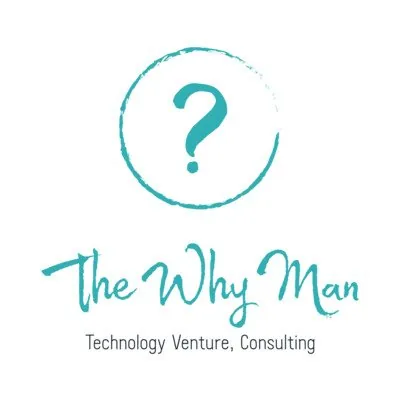Timeline
Participants

@fulldecent
William Entriken

@dtedesco1
Daniel Tedesco

@t012n4d0
???

@037
AKM

@thewhyman
???

@scarletdeth
Alice Eidson
73 / In this episode, we delve into the fascinating concept of moon dust: bringing back ideas from the 2021 crypto bull markets to the real world. We examine the multifaceted dimensions of this idea, including Token-curated registries, their implications, and how moon dust fits into this wider narrative. Tune in as we explore if regulators are prepared for this paradigm shift.

William Entriken

Daniel Tedesco

???

AKM

???

Alice Eidson
TWEET
Q: What is moon dust?
A: Some people went to the moon. Not everybody is going. And we saw some great ideas there. We are bringing those ideas back to Earth to make existing businesses better.
Blog post [https://blog.phor.net/token-curated-registries-uses-exploits
](https://blog.phor.net/token-curated-registries-uses-exploits)Shout outs to @ConsenSys Mike Goldin, and @augurproject
Token-curated registries are the precursor to “distributed autonomous organizations”.
New paper https://blog.phor.net/moon-dust-auditable-versioned-databases
This is the longer paper and talk on auditable versioned databases… first discussed at DeSciNYC… now developed into the full paper, GitHub repo example and now this episode.
Greetz to @DeSciNYC community!
Thank you for staying to the end of the show!
Longest Running blockchain (Surety Company) - Stewart Haber & Bell labs wanted to digitally notarize things in 1995 - used a hash of things that they notarized and published (all hashes) in New York times for 23yrs 52 issues.